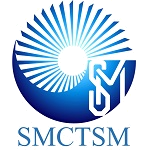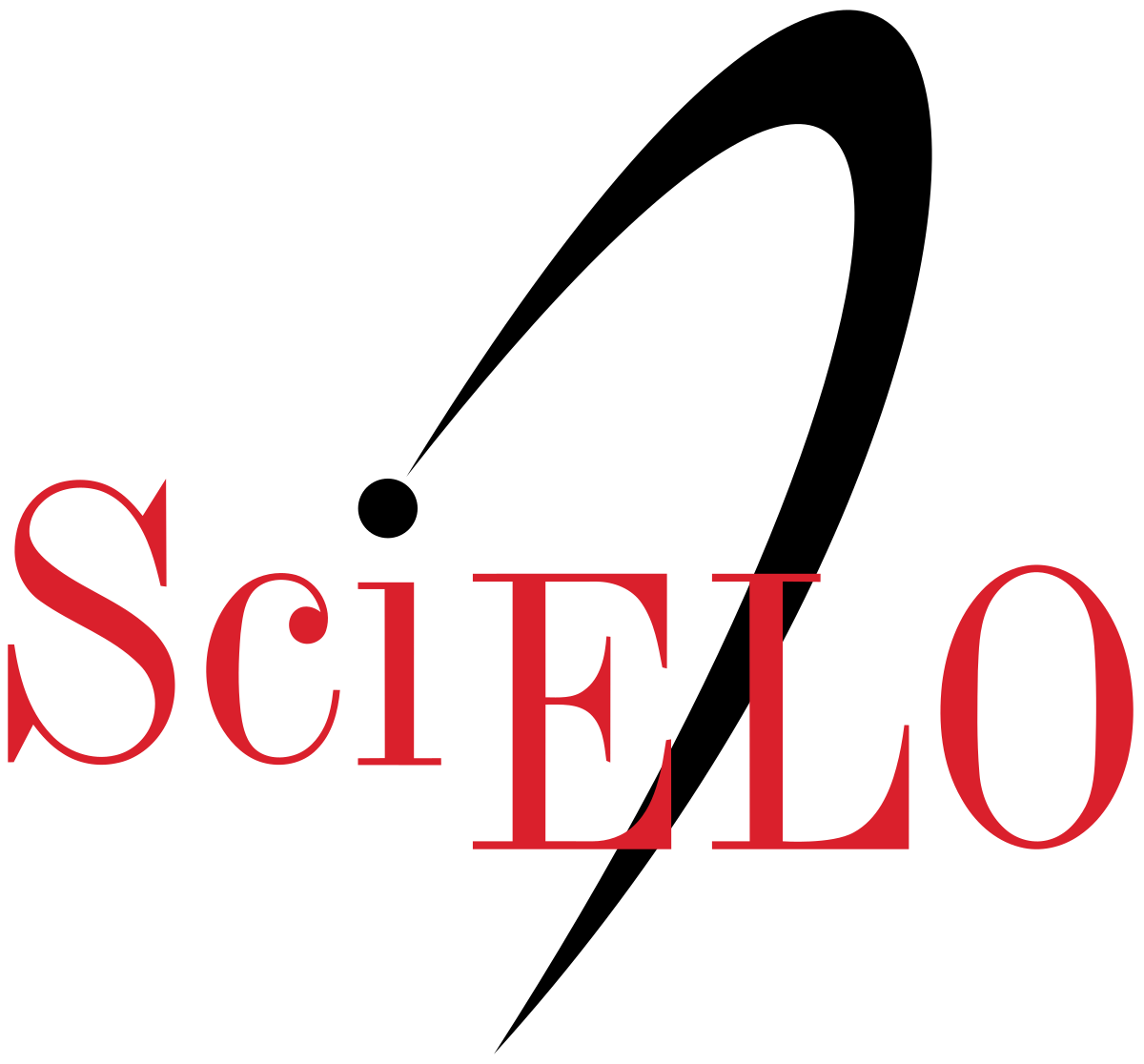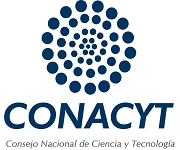Synthesis by wet chemistry and characterization of LiNbO3 nanoparticles
Keywords:
LiNbO3, wet chemistry, XPS, XRD, SEM, nanoparticlesAbstract
Actually, lithium niobate (LiNbO3) has been used for optical wavelength conversion and ultrafast optical signal processing because of its outstanding rapid nonlinear optical response behavior, low switching power and broad conversion bandwidth. LiNbO3 nanoparticles, which belong to the ferroelectric oxide class, were synthesized by chemical reaction with wet chemistry. Their size distribution was centered around 200 nm. X–ray diffraction (XRD) and scanning electron microscopy (SEM) were used to further investigate the quality of the obtained LiNbO3 powders. The present work shows that by employing this chemical method the correct stoichiometric phase was obtained. This was corroborated by XPS (X-Ray Photoelectron Spectroscopy) results. Also, the nanoparticles showed a defined crystallinity and uniform morphology. This way of obtaining nanoparticles is innovative because of its low cost and simple way to reproduce it. It is an important method of increasing the surface area, controlling the phase purity and reducing the particle size distribution. The samples were obtained under low temperature annealing at 500, 650 and 800 ºC. Those features can be controlled using variables such temperature, time of synthesis, and calcination. In previous works it was found that hydrothermal methods offer many advantages over conventional ceramic synthesis methods.References
. M. Aufray, S. Menuel, Y. Fort, J. Eschbach, D. Rouxel, B. Vincent, J. Nanoscience & Nanotechnology 9, 4780 (2009).
. M. Kadota, Y. Ida, T. Kimura, Japanese Journal of Applied Physics 51, 07GC14 (2012).
. J.D. Brownridge, S.M. Shafroth, arXiv preprint physics/0303040, (2003).
. Chang, C. C., Russell, K. L., & Hu, G. W. Applied Physics B 72, 307 (2001).
. G.K. Gopalakrishnan, C.H. Bulmer, W.K. Burns, R.W. McElhanon, A.S. Greenblatt, Electronics Letters 28, 826 (1992).
. W.L. Suchanek, R.E. Riman, Advances in Science and Technology 45, 184 (2006).
. M.N. Palatnikov, N.V. Sidorov, V.T. Kalinnikov, Journal of Inorganic Materials 47, 768 (2011).
. D. Mohanty, G.S. Chaubey, A. Yourdkhani, S. Adireddy, G. Caruntu, J.B. Wiley, RSC Advances 2, 1913 (2012).
. L.P. Ramírez-Rodríguez, M. Cortez-Valadez, J.G. BocarandoChacon, H. Arizpe-Chávez, M. Flores-Acosta, S. Velumani, R. Ramírez-Bon, Nano 9, 1450070 (2014).
. R. Britto-Hurtado, M. Cortez-Valadez, Ramón A. B. Alvarez, P. Horta-Fraijo, J.-G. Bocarando-Chacon, R. GámezCorrales, A. Pérez-Rodríguez, F. Martínez-Suárez, F. RodríguezMelgarejo,
H. Arizpe-Chavez, M. Flores-Acosta, Nano 10, 1550069 (2015).
. M. Villegas, C. Moure, J.R. Jurado, P. Duran, Boletín Soc. Esp. Ceram. Vidr. 30, 357 (1991).
. K. Tabata, T. Choso, Y. Nagasawa, Surface Science 408, 137 (1998).
. Y. Lin, H. Yang, J. Zhu, F. Wang, H. Luo, Materials and Manufacturing Processes 23, 791 (2008).
. B. Prakash, B.S. Jaya, Indian Journal of Pure and Applied Physics 50, 320 (2012).
. X.M. Chen, Journal of materials science: materials in electronics 7, 51 (1996).
. T. Hatakeyama, L. Zhenhai, Handbook of thermal analysis (Wiley, Chichester 1998).
. A.L. Patterson, Phys. Rev. 56, 978 (1939).
. Y. Repelin, E. Husson, F. Bennani, C. Proust, Journal of Physics and Chemistry of Solids 60, 819 (1999).
. V. Bouquet, E. R. Leite , E. Longo, J. A. Varela, J. Eur. Ceram. Soc. 19, 1447(1999).
. M.A.B Gomes, L.O. de S. Bulhões, S.C. de Castro, A.J. Damião, J. Electrochem. Soc. 137, 3067 (1990).
. H.E. Swanson, H.F. McMurdie, M.C. Morris, E.H. Evans, National Bureau of Standards, monograph 25, Section 6 (1968).
Downloads
Published
Issue
Section
License
©2025 by the authors; licensee SMCTSM, Mexico. This article is an open access article distributed under the terms and conditions of the Creative Commons Attribution license (http://creativecommons.org/licenses/by/4.0/).





